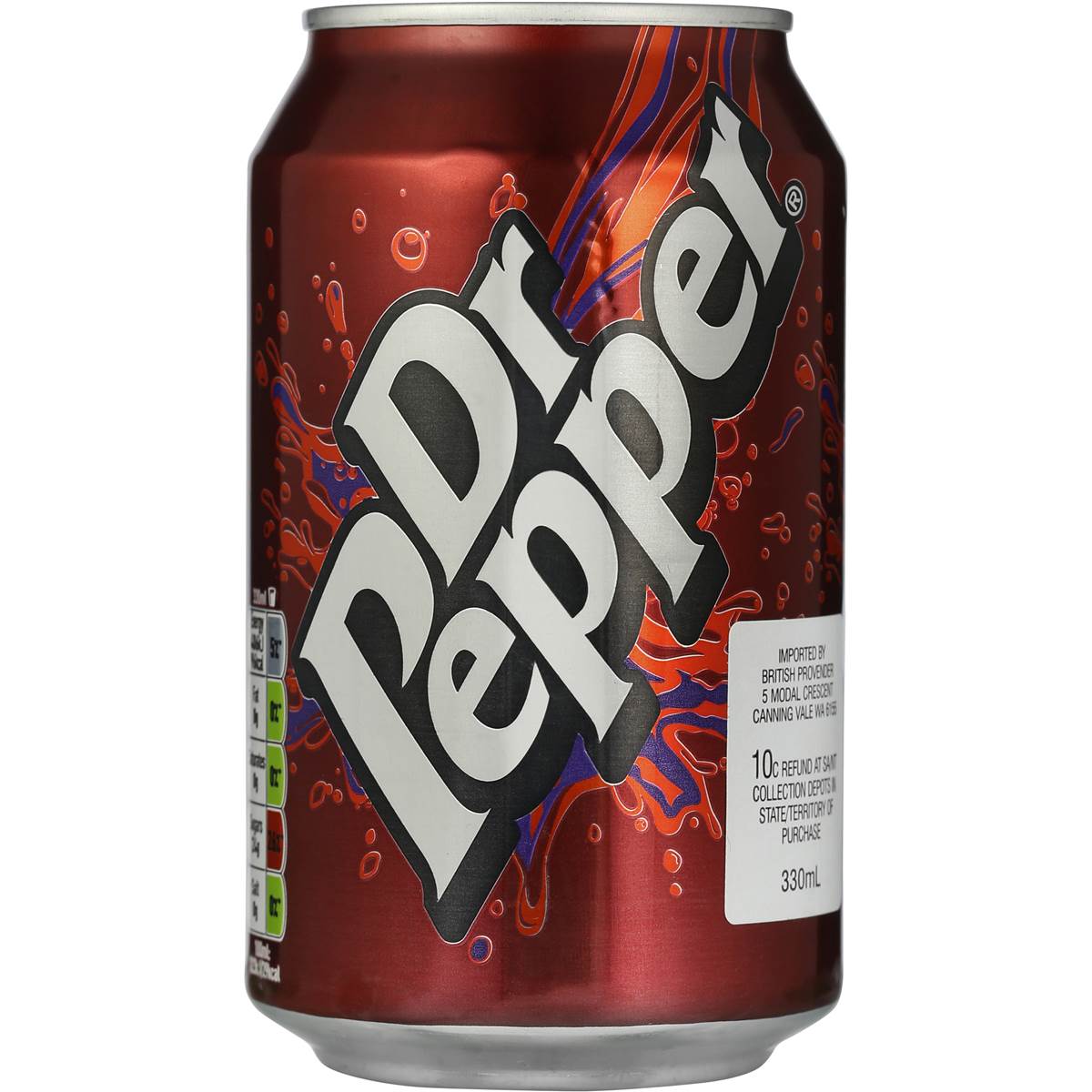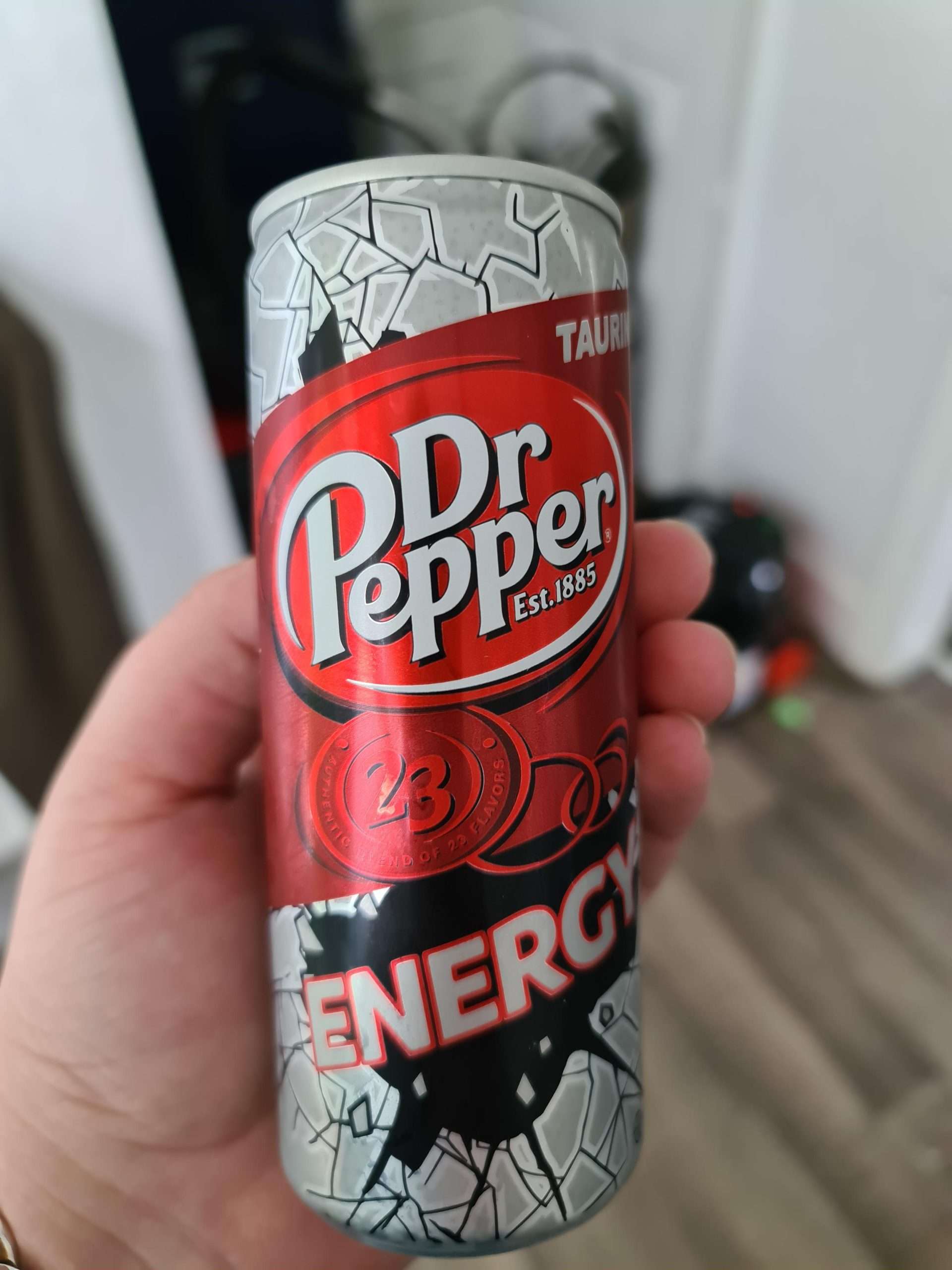
While it helps to produce the pretty brown hue, it has become controversial as it often contains 4-methylimidazole (4-MEI), which has been linked to causing cancer. It is generally gluten-free in North America, and if it contains wheat, it must be stated on the food label per the Food Allergen Labeling and Protection Act. You will see this ingredient in any darker soda beverage such as cola. Caramel ColorĪs the name states, this ingredient is used to give the soda the deep rich color it is known for. High Fructose Corn Syrup is similar to table sugar and is used to sweeten processed foods and beverages. While this ingredient is highly processed and loaded with sugar, it is derived from corn, making it gluten-free. This ingredient might send some red flags, but it won’t be for gluten. You can spruce up the soda water by adding your favorite fruit or a splash of juice. Carbonated water on its own is a great alternative to drinking soda there is zero sugar and artificial ingredients. If your intention with this diet is to live a healthier lifestyle rather than adhere to it for dietary issues, I recommend avoiding soda entirely. As carbonated water is a mixture of water and gas, you can be sure this is always gluten-free. This is the drink’s base and supplies the soda with the bubbles we know and love.

Carbonated WaterĬarbonated water or soda water is water that has been infused with carbon dioxide gas under pressure. It will be a good idea to take a mental note that these ingredients are safe for consumption as they often appear in other products. Most sodas are made of almost identical ingredients that are changed here and there depending on the color and flavor of the beverage.īelow I’ll break down and define each ingredient giving you extra peace of mind that this beverage does have any gluten-containing products. If you have read my article explaining whether or not Coca-Cola is gluten-free, you’ll notice that the ingredients are pretty similar. Pepper ingredients on their website and below.

Read on to take a closer look at the ingredients and find out what other flavors of Dr Pepper you can enjoy on a gluten-free diet.

They do not have a gluten-free certification or label on their products, but you can find all the allergens listed on the manufacturer’s website. Dr Pepper follows the FDA guidelines and contains less than 20 ppm gluten. If you adhere to a gluten-free diet, you know that you can never be too safe to check what you’re consuming.īefore cracking open the soda can, ask yourself, is Dr Pepper Gluten-free? The wide range of caffeine contents in carbonated beverages indicates that consumers would benefit from the placement of caffeine values on food labels.Are you craving a blend of those 23 authentic flavors? Dr Pepper has a unique taste that no other soda quite replicates. Most store-brand carbonated beverages were found to contain less caffeine than their national-brand counterparts.

Beverages from 14 other stores were also analyzed. The Wal-Mart store-brand beverages with their caffeine contents were Sam's Cola (12.7 mg/12 oz), Sam's Diet Cola (13.3 mg/12 oz), Dr Thunder (30.6 mg/12 oz), Diet Dr Thunder (29.9 mg/12 oz), and Mountain Lightning (46.5 mg/12 oz). Some of the more common national-brand carbonated beverages analyzed in this study with their caffeine contents were Coca-Cola (33.9 mg/12 oz), Diet Coke (46.3 mg/12 oz), Pepsi (38.9 mg/12 oz), Diet Pepsi (36.7 mg/12 oz), Dr Pepper (42.6 mg/12 oz), Diet Dr Pepper (44.1 mg/12 oz), Mountain Dew (54.8 mg/12 oz), and Diet Mountain Dew (55.2 mg/12 oz). Caffeine contents ranged from 4.9 mg/12 oz (IGA Cola) to 74 mg/12 oz (Vault Zero). This study analyzed the caffeine contents of 56 national-brand and 75 private-label store-brand carbonated beverages using high-performance liquid chromatography. Due to its stimulatory and other physiological effects, individuals desire to know the exact amount of caffeine consumed from these beverages. Caffeine is a well-known stimulant that is added as an ingredient to various carbonated soft drinks.


 0 kommentar(er)
0 kommentar(er)
